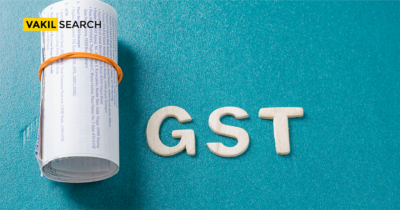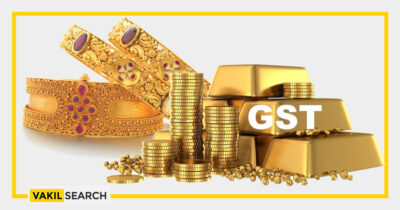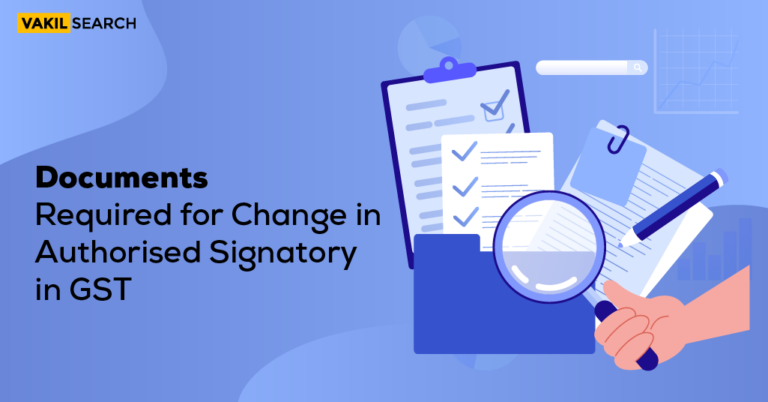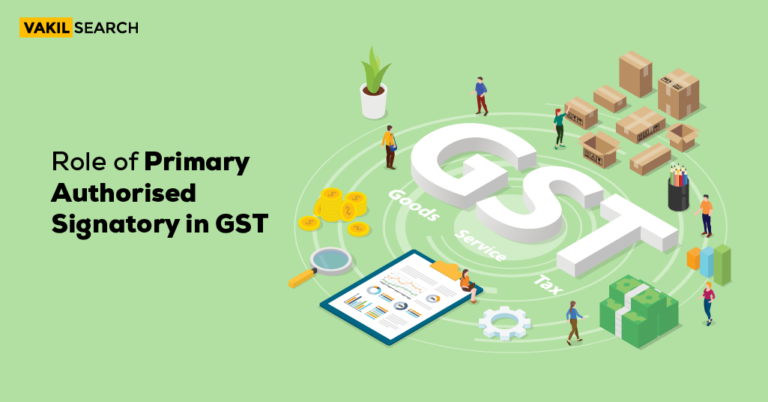This article revolves around the usefulness of GST RFD–01 regulations as of 2022. Readers are requested to take note of it and comprehend its intricacies.
GST RFD-01 is a refund application form under the Goods and Services Tax (GST) system in India. This form is used by taxpayers who want to claim a refund of the GST paid on inputs or input services used in the course of business. The form includes details such as the taxpayer’s name, address, GSTIN, the period for which the refund is being claimed, the amount of refund claimed, and supporting documents. The form is filed electronically on the GST portal and is processed by the GST authorities.
Have you ever applied for a GST RFD–01? Industry experts reveal that most business owners in India have filed GST returns based on specific requirements. However, the business owner needs to understand the intricacies related to the entire process of getting a tax refund about GST, as applicable.
To do so, the business owner should understand the norms laid down by the Government of India while adhering to the accounting norms. For certain types of refunds, the RFD-01 form is necessary to get a GST refund.
According to the refund process article, the method for requesting a refund under GST law differs depending on the situation. The article’s main topics are the RFD-01 form, its contents, format, deadline for filing, place of origin, requirements, etc.
Current Information On GST RFD–01
5 July 2022
When determining the deadline for submitting GST refund requests by Sections 54 or 55 of the CGST Act, taxpayers may exclude the COVID pandemic period (between March 1, 2020, and February 28 2022).
-
Update to the Budget for 2022 as of 1 February
- Section 54 is amended to say that any excess in the electronic cash ledger may be claimed as a refund in the form and in the way specified.
- Instead of six months, UN agencies now have two years from the last day of the quarter in which the supply was delivered to file a refund claim.
- The prohibition on refunding taxpayers for tax defaults, which formerly applied to refunds of unused ITCs, is now also applicable to other rebates.
- The new sub-paragraph (ba) of clause (2) of the explanation clarifies the pertinent date to submit a refund claim application for supplies to SEZ.
Empower your business decisions by using our Online GST Calculator. Stay ahead in your tax planning and compliance efforts.
-
1 May 2021
When the deadline for passing instructions for totally or partially rejecting any refund claim comes between 15 April and 30 May 2021, the deadline is extended. The latter of these two dates will mark the expanded time limit:
(1) 15 days after the notice’s response OR
(2) 31 May 2021.
How Do GST RFD–01 And RFD-01A Differ?
In order to understand the difference, one should carefully study the given points as mentioned below:
Any taxpayer may submit a refund claim under GST registration using form RFD-01 via the GST system. The no longer used offline refund application is referred to as RFD-01A. Only when the reimbursement exceeds ₹1,000 will a refund be given.
The GST RFD–01 application is for the computation of GST refunds. It must be electronically filed on the GST portal to request a refund of:
- Taxes, cess, and interest paid on zero-rated supplies (except the export of goods with tax payment).
- The amount of extra money deposited in the computerised cash ledger. Prior to this, of course, the cash inflow in the business needs to be computed on a monthly, quarterly, half-yearly or annual basis.
- As a result of the inverted duty structure, unutilised input tax credits accumulated in your electronic credit ledger.
While RFD-01A is a copy of GST RFD–01 that was offered as a temporary fix until the online capability for refund claims was available.
The GST application form for manual operations, RFD-01A, is notified for use in specific refund circumstances.
Register on the GST website. Click on the “Application for Refund” link under the “Refund” page. Choose the refund type, complete the required fields (mainly using the offline Excel tool), and submit. A unique ARN number is produced. After receiving the application, the officer has 15 days to process the refund. In case you fail to submit the return within the number of stipulated days as mentioned, you have to make an application afresh. This, of course, remain to be a tedious job.
Which Application—GST RFD–01 Or RFD-01A—Should Be Submitted?
The taxpayer who makes the supplies is qualified to submit a refund claim for accrued ITC related to exports in all circumstances except considered exports and SEZ supplies (without tax payment). Any taxpayer may request a refund for overage tax paid due to an error or an excess cash balance in an electronic cash ledger.
The recipient and the supplier may apply for a tax refund if the supplies are considered exports and SEZ supplies. Both the supplier and the recipient are ineligible to submit a claim for a refund concerning a specific invoice of deemed exports. If the provider requests a refund, the recipient must certify that he is not the one who is seeking the return.
Types of Reimbursements Covered by GST RFD–01/01A
If the form GST RFD–01 is used, the following GST refund categories will be processed:
- IGST paid on zero-rated supplies: exports of services (with tax payment) and supplies to SEZ units or developers.
- ITC on exports of goods or services made under a bond or letter of undertaking without paying taxes.
- Claims made by recipients or suppliers in the event of considered exports.
- Refund requests due to the inverted duty structure. Any other changes may also be included if required.
- A surplus in the electronic cash ledger. This can be computed through a professional accountant and a regular tax return should also be filled in order to avoid hassles.
- Inadvertently paid excess tax. In such a case, the refund should be claimed immediately.
- Refunds resulting from a charge, provisional charge, appeal, or other order, might also be considered.
- Taxes paid on intrastate supplies later determined to be interstate or the opposite, as prescribed in the laid down formats.
- Refund in a variety of circumstances should be mentioned when applying.
Inappropriate Uses Of GST RFD–01 And RFD-01A
All refund claims, except those listed below, must be submitted using form RFD-01 or RFD-01A.
- Goods exported after paying export duties
- Exports of products when the IGST has been paid, and the shipping bill is automatically regarded as a request for a refund.
- Situations where the provider uses the CGST, SGST, or IGST drawback plan for the supply
- Notification to certain people and the UN or embassies
- Temporary taxpayer’s and non-resident taxpayers’
Requirements For Submitting A Refund Request
In the event of zero-rated supplies and considered exports, the applicant must have filed the GSTR-1 and GSTR-3B for the month in which the collections are made to be eligible for a refund of tax paid or the accrued ITC without payment of output tax.
For exports, supplies supplied to SEZ units or the SEZ developer, and considered exports, specific fields in Tables 6A, 6B, and 6C of the GSTR-1 form must be filled out carefully. Additionally, GSTR-3B must be completed in Table 3.1(b) and filed under GSTR-1.
Conclusion
Be aware that the central or state tax authorities may process refunds for all taxes (IGST, CGST, and SGST/UTGST). However, the central tax authority responsible for IGST/CGST and the state tax authority accountable for SGST/UTGST would pay the refund. In case you are looking to file GST return on your business income, you must take professional help. If you are a business owner looking to file a proper tax return, we suggest you get in touch with the legal experts of Vakilsearch, the most reputed legal firm in India.










